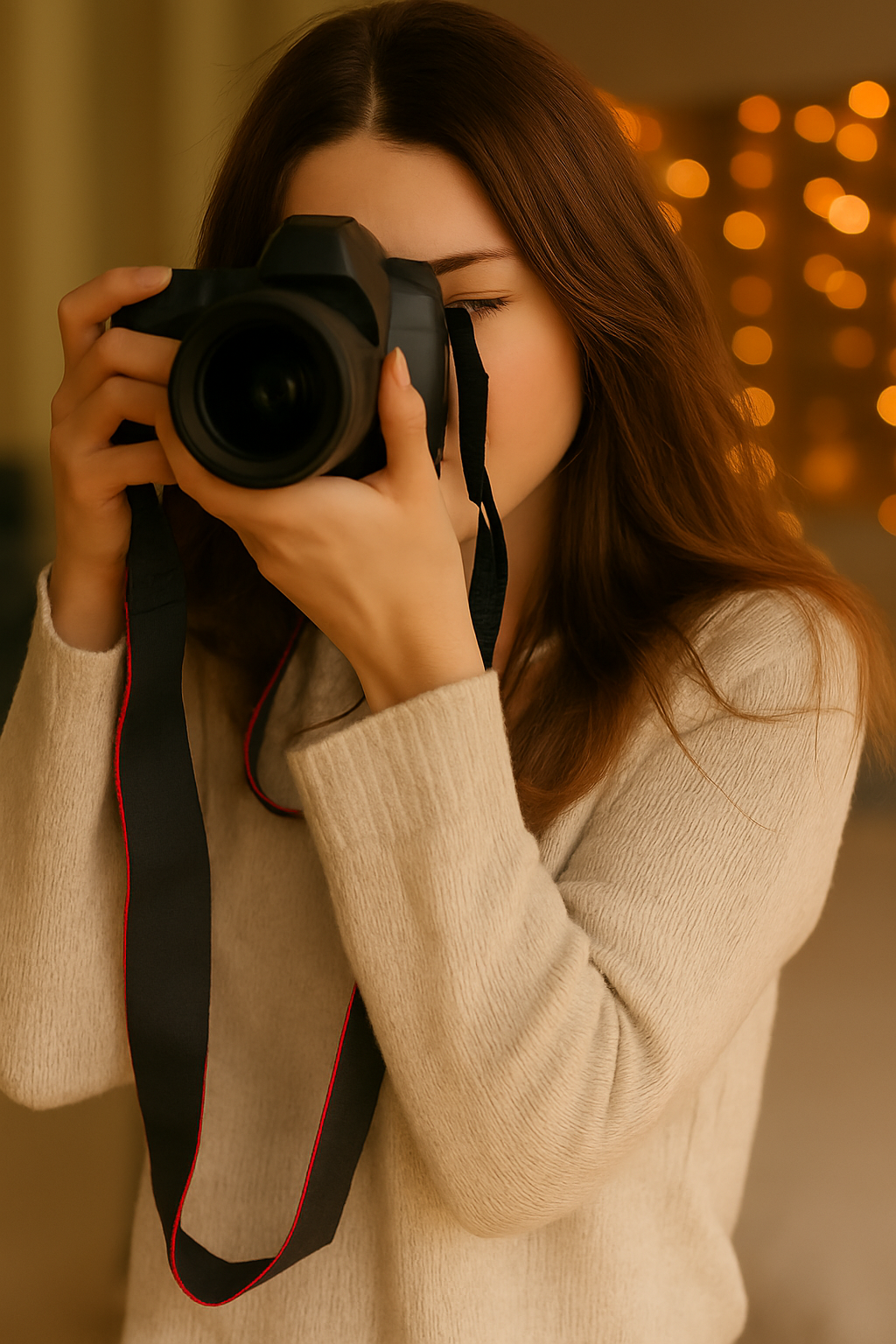We believe what we see and what we don’t see, our mind fills in the gaps.
It has been argued that photography depicts the truth but, we’ve come a long way since the worlds first photograph in 1826. Like many new technologies, people often greet it first with doubt and suspicion, and photography was no exception. People fear what they don’t understand, and in its infancy, some even treated photography as a form of sorcery. Without any knowledge or insight into its development, who can blame them? That was when people believed that a photograph depicted exactly what it captured.
We have since learned that the photograph is largely about perception and the editing and filtering of photographs is now an everyday practice. We have deep fake and photoshop and endless apps and tools to alter an image in moments. We now know not to trust what we think we can see.
But even today, it can be hard to convince some people that what they see in a photograph, is not what was happening at that moment.
This photo, taken on an iPhone in 2015, inspired a lot of online chatter due to the strange, elongated figure behind the subject. According to the photographer, the only other person in the room at the time was his girlfriend, seen here with her back to the camera. The photo was snapped in Hampton Court, a historic English house with a reputation for hauntings.
While the context has certainly created additional intrigue, people were very willing to believe it was an otherworldly presence as opposed to a simple digital photography anomaly.
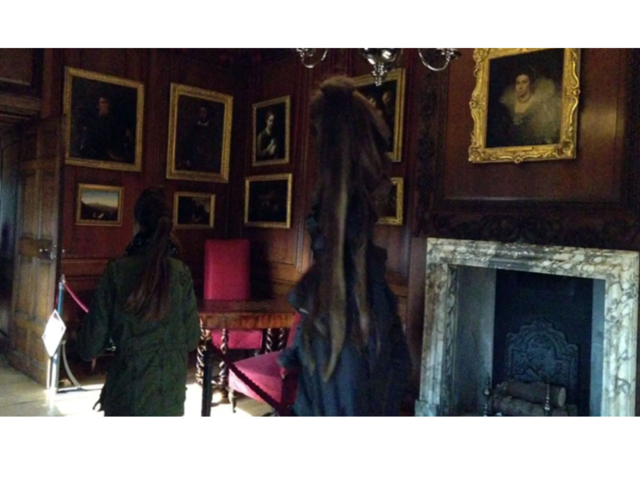
Image: The Sun/News Syndication.
Have you ever seen a checkered shirt look distorted on television or stripes on wallpaper look skewed in a photograph? This is known as image aliasing and its where the digital process of photography has trouble translating an intricate design or pattern. There are also panoramic settings that can stretch or shrink a person and endless tricks of the light or movement. While we are aware that photography is susceptible to digital errors, some of us also still want to believe we have captured something supernatural.
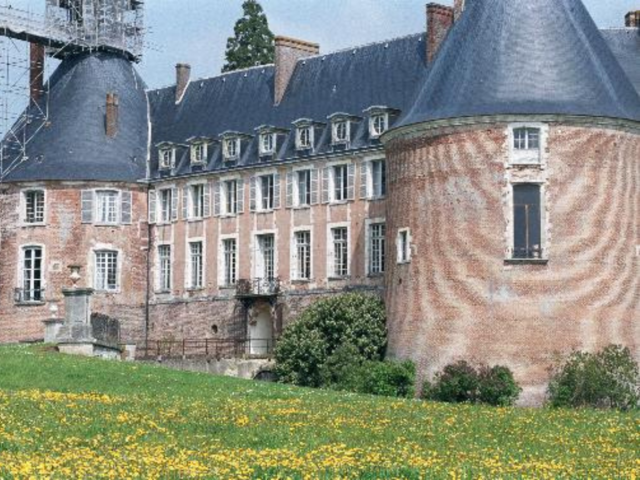
Image: Scientific Volume Imaging.
The reason most ghost photography is the reserve of the 1800’s is because it is much more difficult to convince the skeptical tech savvy minds of today. Context will always help make a case for the ghosts, but we also know that digital technology is easily edited with the majority of people using various forms of digital editing daily. In fact, there are 4.7 billion photos taken worldwide every day.
That’s 54,400 photos taken every second!
Mystery is the seed of all fear and it’s our minds that create the scenario. When Photography was new, it frightened some people.
Photography first emerged in the early 19th century where images initially took hours to develop before the glass plated daguerreotype made it more accessible to the masses. Photographers were experimenting with effects and testing the camera capabilities but, as with all new technologies, there will always be opportunists ready to exploit and profit from its manipulation.
Back then, most people did not have access to a camera and when they first saw their image, frozen in time and captured eternally, some were frightened. William Mumler was an American photographer who accidentally stumbled upon a double exposure and quickly seized the opportunity to exploit his findings. He began to sell portraits with ghostly silhouettes and misty faded images claiming they were the spirit of dead loved ones standing at their shoulder. Not familiar with the mechanics of this magical trick of the light, people believed what they saw. The heartbroken and vulnerable lapped it up and he had a successful, albeit unscrupulous career. Eventually the law would catch up on him, but it did little to dispel the belief that ghosts can be caught on camera.
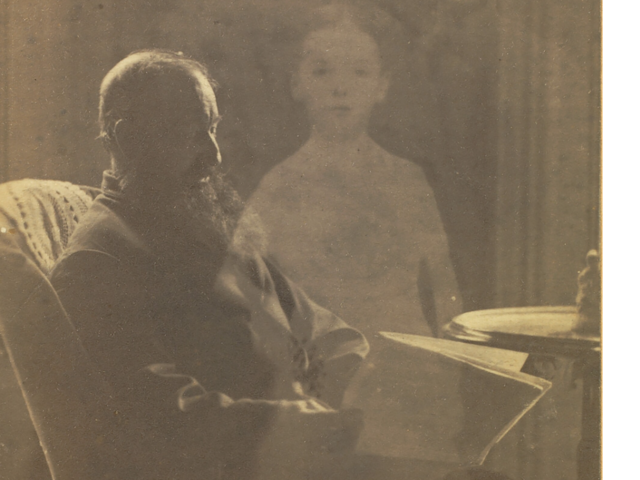
Image: Unidentified Man with a Long Beard Seated with Three “Spirits” The J. Paul Getty Museum.
The infamous Brown lady of Raynham Hall remains a mystery today. Again, there were stories of hauntings that preceded this shot and the photographers of Country Life magazine who snapped the creepy apparition were in fact intent on doing exactly that. Professional photographers believe the camera merely shook while the image was being taken but the photographer Captain Hubert C. Provand and his assistant Indre Shira have always attested, that they saw the mist on the stairs before they clicked the shot.
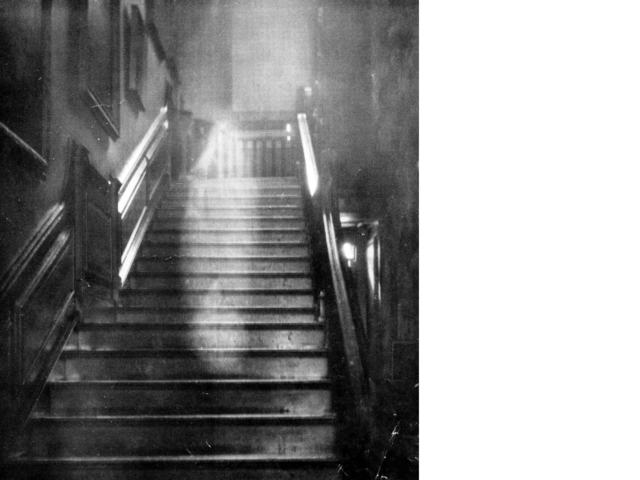
Image: Brown lady of Raynham Hall, 1936 Country Life.
The third eye of the camera it seems, was attuned to more than just ghosts and spirits. Sir Arthur Conan Doyle was a lot like his brainchild Sherlock Holmes, in his tireless pursuit of evidence except, his was a preoccupation with proof of life on ‘the other side’. He spent much of his adult life searching for contact with his deceased mother, but his powers of deduction would constantly debunk all the tricks and cons. When the Griffith sister produced photographs of faeries in their garden in 1917, Doyle was known to have visited them fascinated by their clear and vivid images. So convincing was their story, that he went on to print an article in a magazine in 1920, stating their photographs were evidence that Faeries and goblins were indeed, real.
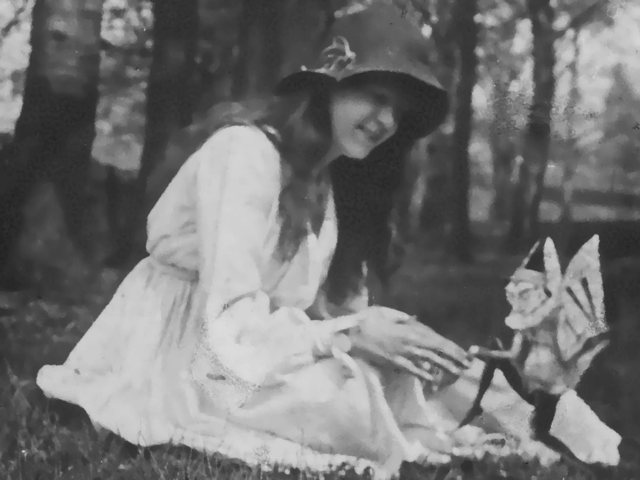
Image: Elsie Wright Gnome 1917, Historic UK.
It was many years later when the women were elderly, that they would admit it was all a hoax.
Despite all evidence to the contrary, we still have an innate need to believe. Perhaps we will never know if it’s been a strange trick of light or just a technical glitch, but one thing is certain; photography remains as beguiling and enchanting as the first day it emerged from the light.
Continue reading about photography and industry-related topics.
If you're looking to take your photography skills to the next level or pursue a new career in this field, we have the right course to help you reach your goals!

